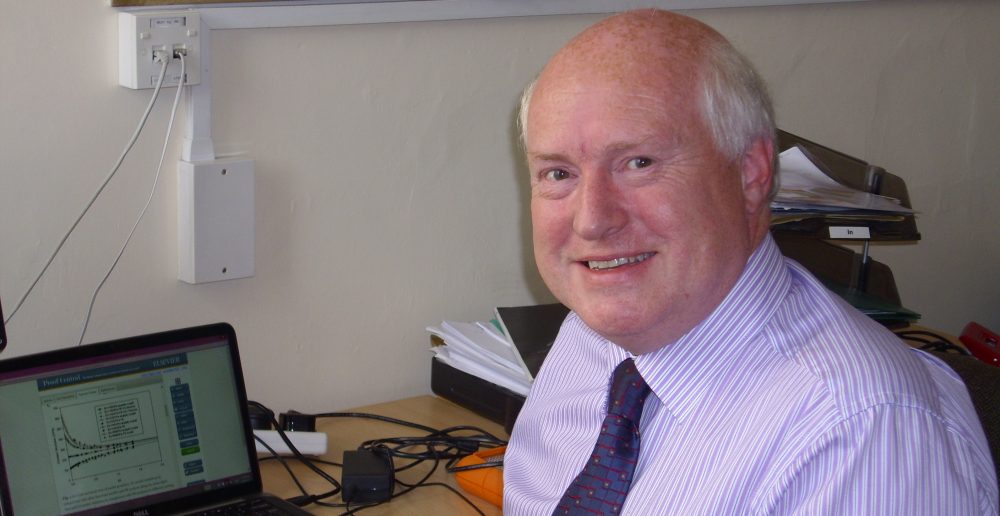To better understand the fatigue failure of composite tidal turbine blades in sea water we have used micromechanical testing (nanoindentation) to determine the effect of the environment on different parts of a composite material.
Investigation of the effects of environmental fatigue on the mechanical properties of GFRP composite constituents using nanoindentation, H Gonabadi, A Oila, A. Yadav and S Bull, J. Experimental Mechanics, (2021) https://doi.org/10.1007/s11340-021-00808-4.
